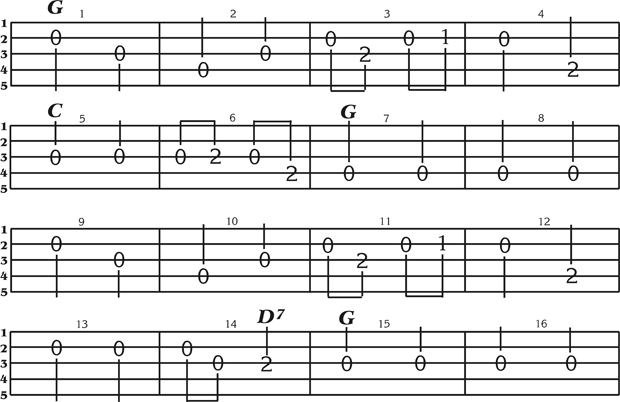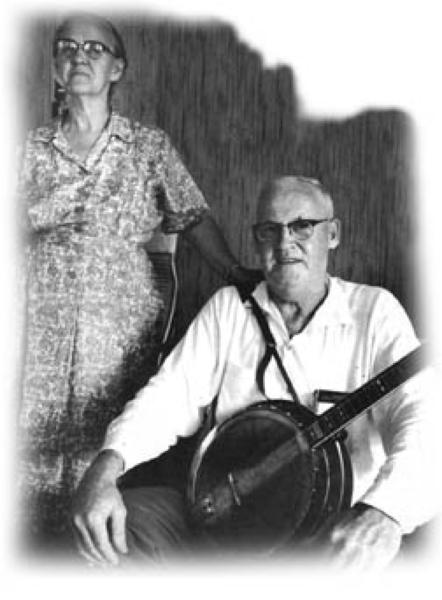We have some exciting news… our newest ukulele book is at the printer, and we should have it in our hands sometime in early August 2022! It’s by our best-selling authors Ted Parrish & Wayne Erbsen and is called “Ukulele Tunes, Tips & Jamming“… sign up to be notified when it’s out by clicking HERE.
In the meantime, we thought we’d give you a sneak peak at one of the songs in this book: “Bury Me Beneath the Willow,” one of our all-time favorites to pick on our log cabin’s front porch. We love to hear your




 Did you hear about the guitarist that was so far out of tune that the banjo player noticed?
Did you hear about the guitarist that was so far out of tune that the banjo player noticed? Even before you make a trip to a
Even before you make a trip to a 

 Dock was a coal miner in southwestern Virginia and
Dock was a coal miner in southwestern Virginia and 